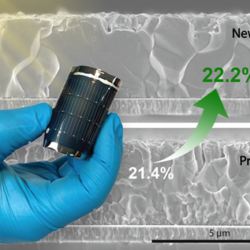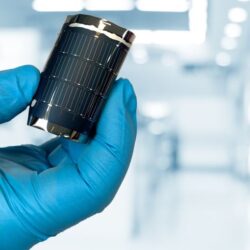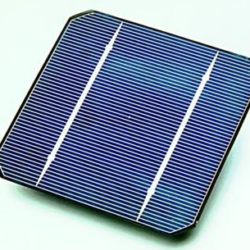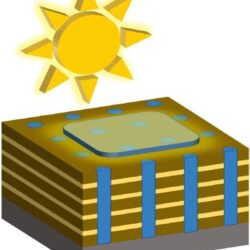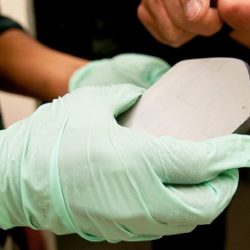Flexible solar cells with record efficiency of 22.2%
One year after announcing an efficiency record, Empa scientists have achieved a new mark of 22.2% for flexible CIGS solar cell on polymer film. Solar cells of this type are especially suited for applications on buildings, vehicles, satellites, airships, and mobile devices. Empa researchers have – once again – improved the efficiency of CIGS flexible Read more about Flexible solar cells with record efficiency of 22.2%[…]
